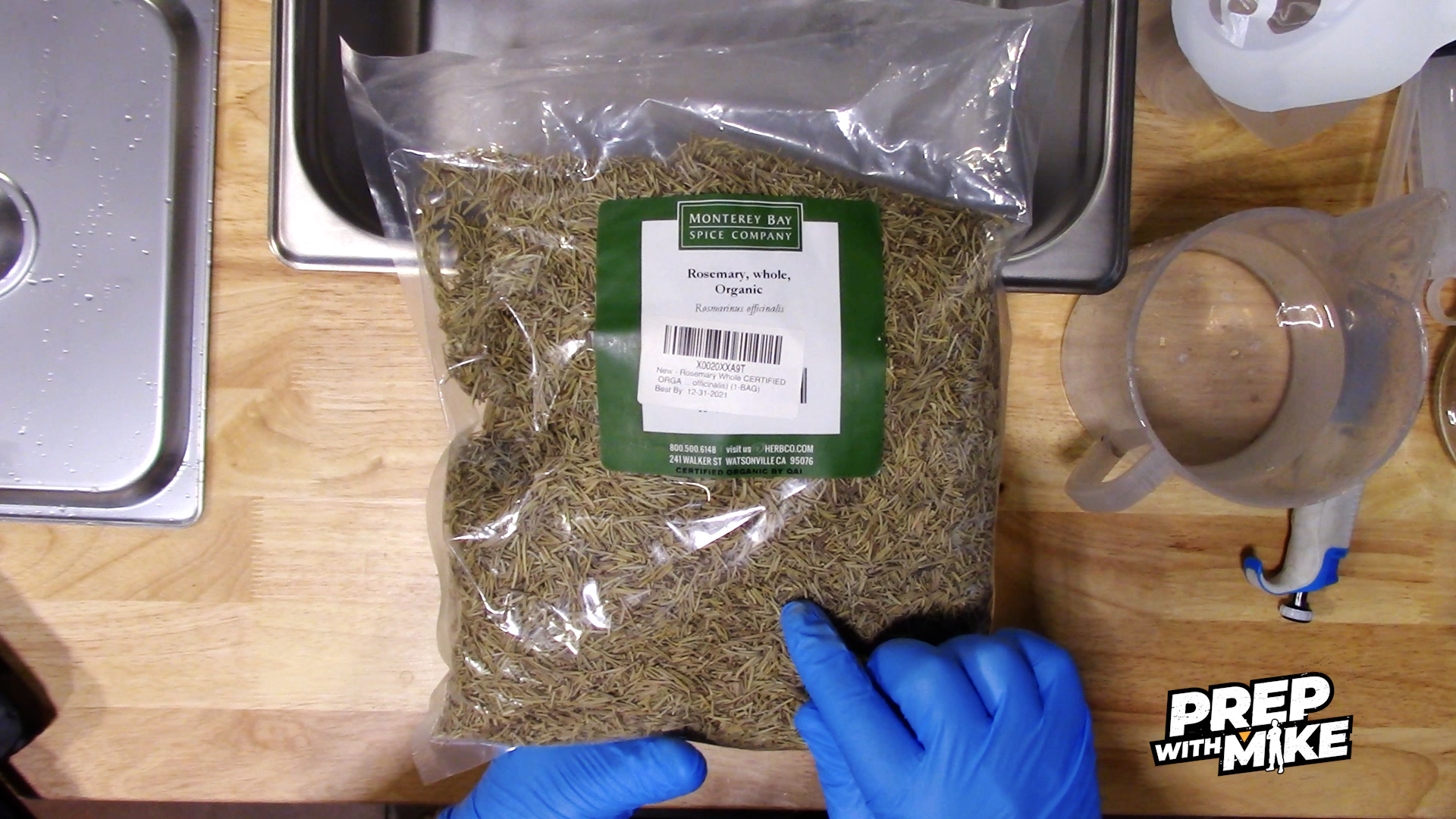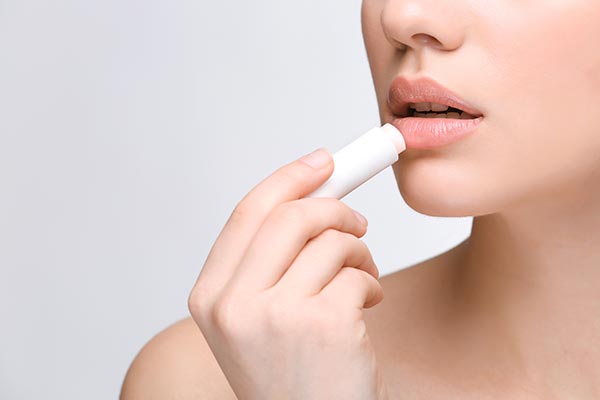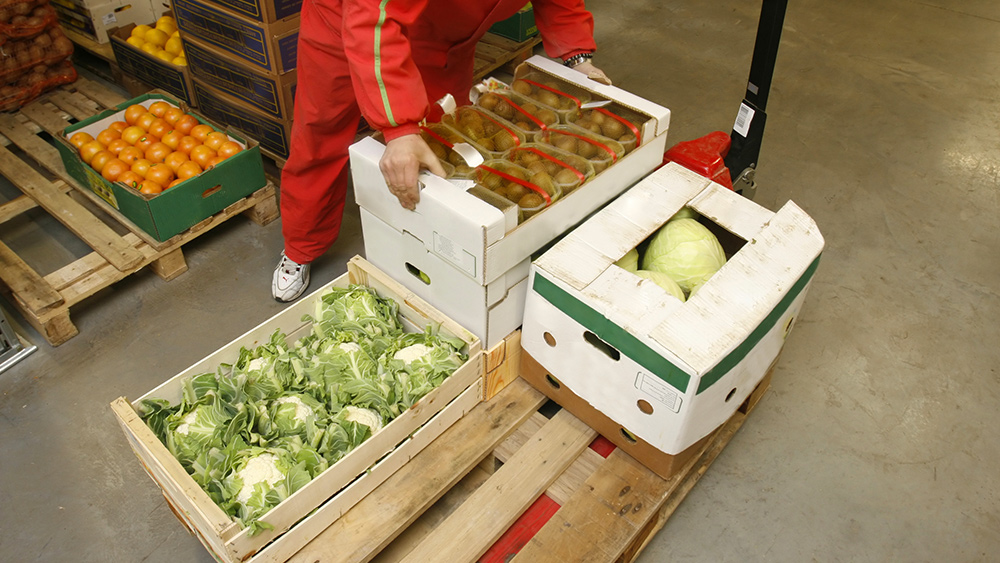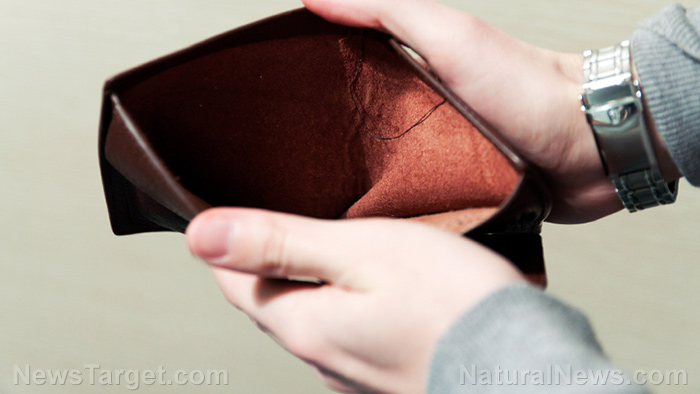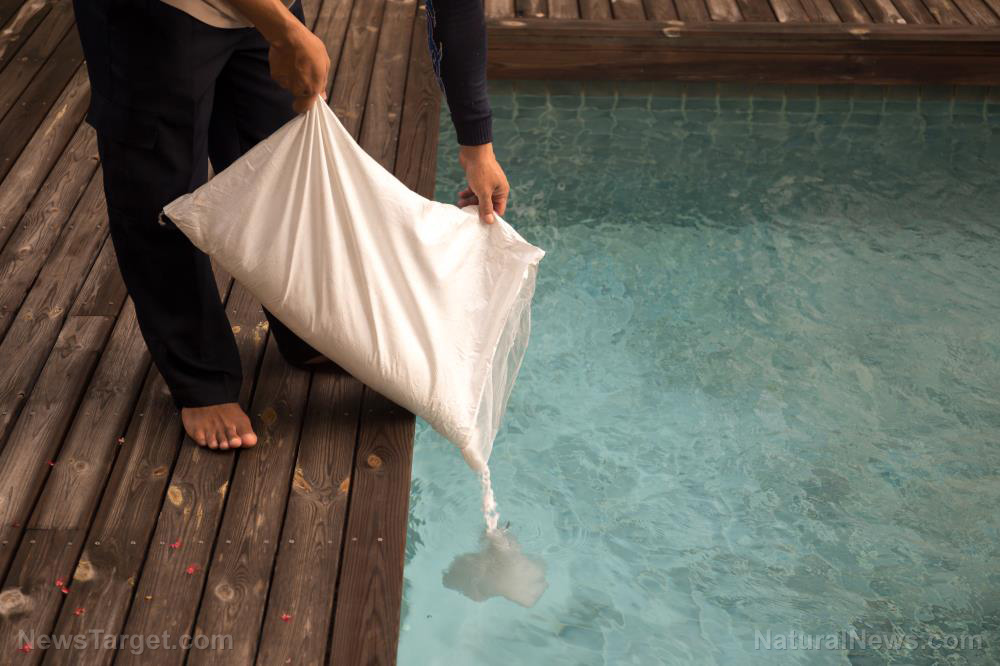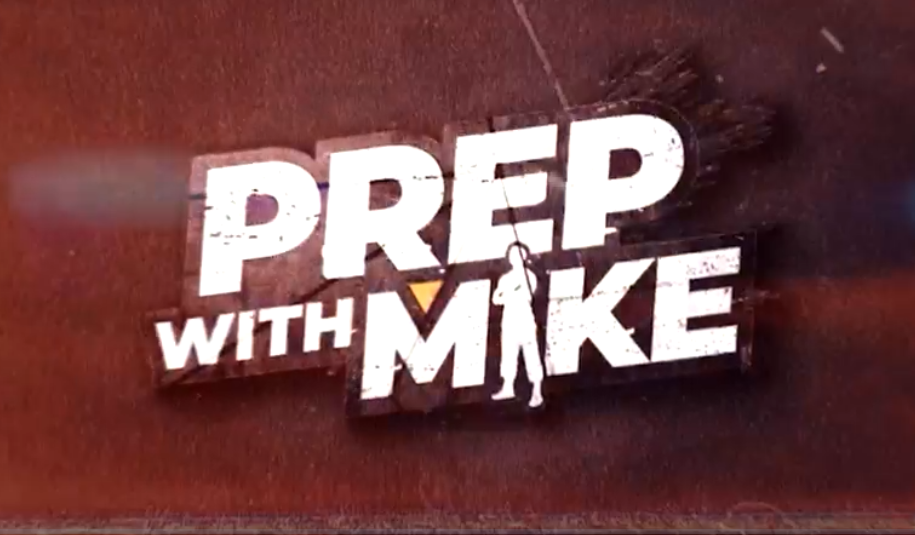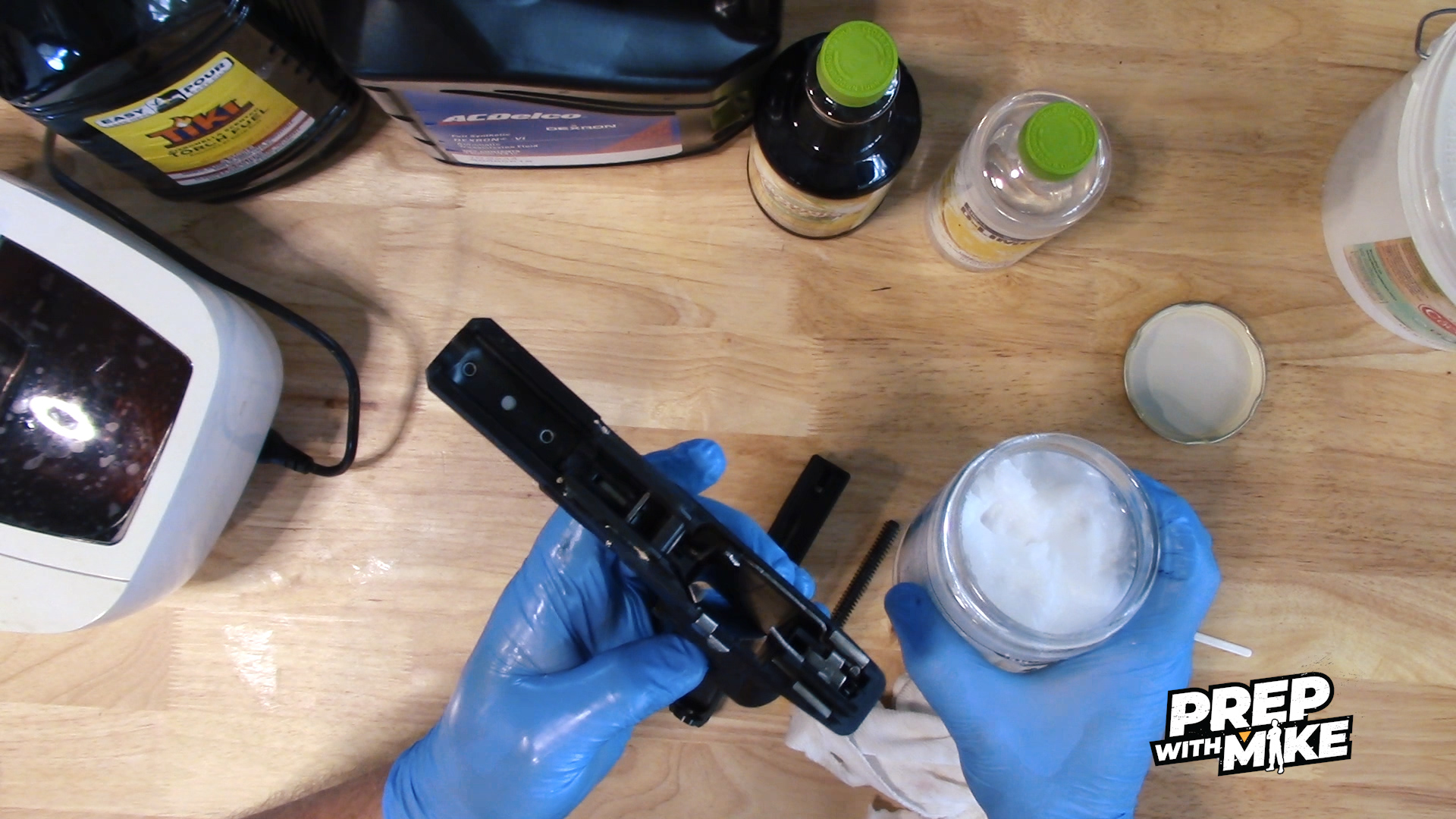Sweet salvation: Using sugar for treating wounds
10/01/2020 / By Virgilio Marin

When SHTF, sugar may just save you. While it may often get the flak for its link to diabetes, it has medicinal uses too as a recent study shows that sugar can help treat wounds and ward off infection.
The study emerged thanks to an African nurse working in a U.K. hospital. Moses Murandu noticed that conventional drug therapy failed to treat many patients with acute and chronic exuding wounds. His grandfather, a tribal doctor in Africa, used sugar to treat wounds, so he was surprised that nobody thought of using it.
Exploring the use of sugar for wounds
Murandu and his colleagues launched a preliminary study to formally test the wound-healing properties of granulated beet and cane sugar. These are two common types of sugar in the U.S., with up to 60 percent of all sugar produced in the country coming from sugar beets alone.
They tested the use of sugar on 22 patients with sloughy or necrotic wounds. Two of them were infected with methicillin-resistant Staphylococcus aureus (MRSA), a superbug known for being resistant to many existing antibiotics. Meanwhile, another seven patients had insulin-dependent diabetes mellitus. After applying sugar, the team found that all wounds were clean or debrided after an average of 11.13 days. Meanwhile, blood sugar levels remained stable in the diabetic patients.
The results were attributed to a couple of factors. First, sugar works as a wound dressing because it draws out the fluid from the tissue, which keeps the wound dry and prevents bacteria from spreading. Second, it can promote the growth of new tissue while less painful compared to other wound dressings.
Reviving the medicinal use of sugar
The use of sugar in this manner likely dates back to 4,000 years ago in ancient Egypt, where it was used to treat wounds alongside honey. The use of sugar, however, fell out of favor with the onset of antibiotics in the early 20th century.
Fortunately, it’s recently seen a renaissance in Europe, especially Germany, where medical professionals are turning more often to sugar to treat patient wounds. But that’s not the case in the U.S., which is uncanny because many Europeans credited this renewed interest in sugar therapy to an American: Dr. Richard A. Knutson, an orthopedic surgeon from Mississippi.
Several years ago, Knutson became frustrated by stubborn, pus-filled wounds filled with bacteria that were resistant to all the drugs that he gave patients. He started experimenting with sugar dressings at the counsel of a retired nurse who once worked in the deep south before the antibiotic era.
At first, Knutson couldn’t believe it – the idea appeared counterintuitive: “Sugar! You think you’ll create a perfect medium for bacterial growth.”
Much to his surprise, the opposite happened.
Knutson had since created a salve made of sugar, which he later learned to mix with a mild antibacterial iodine liquid. He used this salve on about 6,000 patients who had all sorts of wounds, such as burns and shotgun wounds. (Related: Prepping tips for the injured or those with chronic illness.)
Most Europeans, however, use sugar alone, and that can work too. Here’s how to use sugar to treat a wound:
- Apply a copious amount of sugar. If it immediately soaks up the fluid in the wound, apply more until there’s some dry sugar on top.
- Apply a non-adherent bandage and secure it in place.
- Change the dressing every other day. It’s best not to wash away or remove the old sugar when changing the dressing as doing so will remove the very delicate tissue forming anew.
- Add more sugar on top for the next dressing.
- Keep doing this until the wound is healed.
When SHTF, you might want to consider adding sugar to your list of bug-out essentials. It’s not just a good alternative – it’s also a wise one. In the aftermath of a disaster, you’d probably be competing with other survivors for typical wound dressing supplies. You could avoid the skirmish and save yourself from trouble by stockpiling on sugar.
Sources include:
Tagged Under: antibacterial, bug out, disaster, infection, medicinal use, prepping, SHTF, stockpiling, sugar medicinal, sugar therapy, superbug, survival, sweet, wound dressing
RECENT NEWS & ARTICLES
COPYRIGHT © 2017 GEAR.NEWS
All content posted on this site is protected under Free Speech. Gear.news is not responsible for content written by contributing authors. The information on this site is provided for educational and entertainment purposes only. It is not intended as a substitute for professional advice of any kind. Gear.news assumes no responsibility for the use or misuse of this material. All trademarks, registered trademarks and service marks mentioned on this site are the property of their respective owners.

